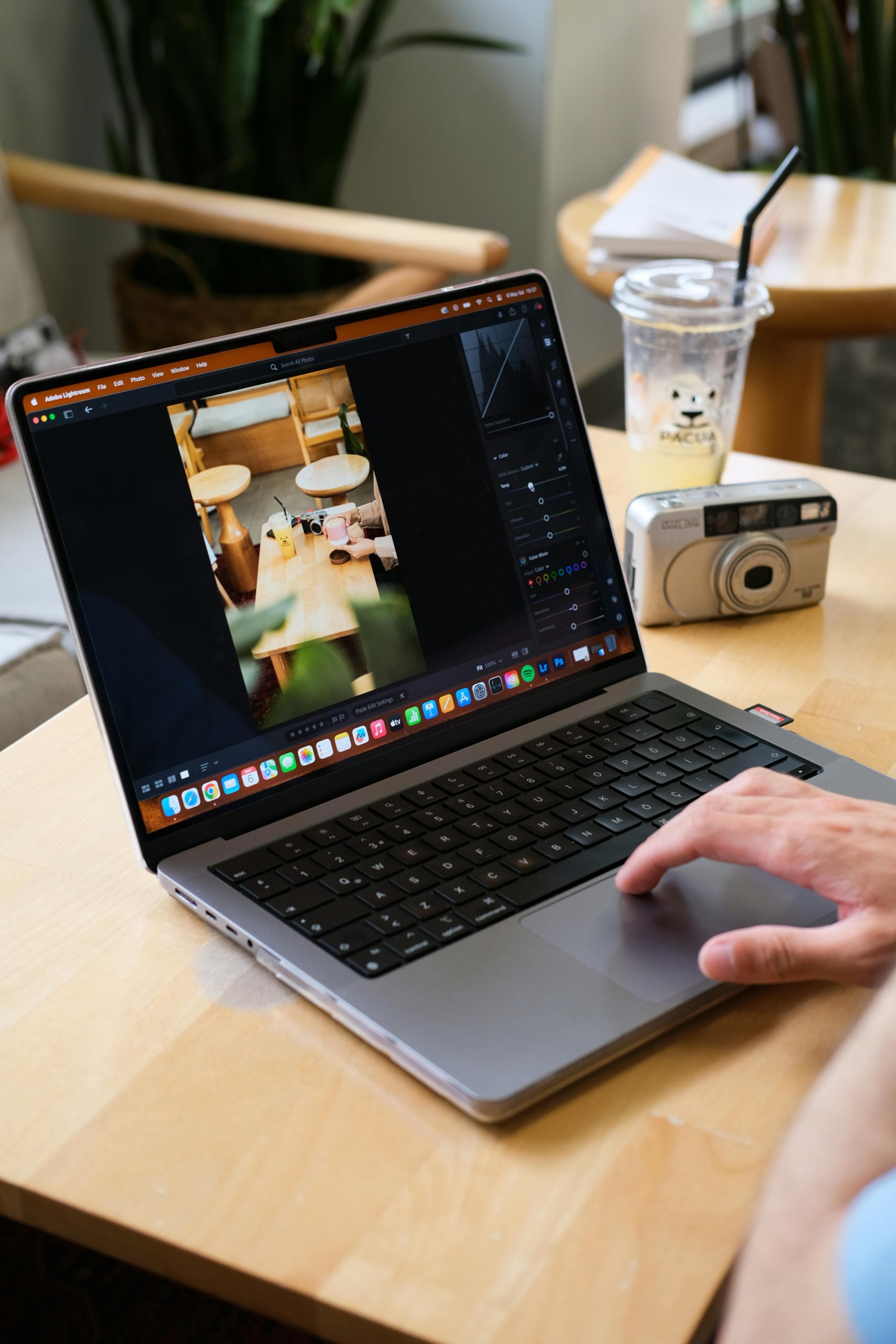Troubleshooting a Slow PC: A Comprehensive Guide
If you’re experiencing a sluggish performance from your PC, especially one you rely on for work tasks such as Word and PowerPoint, you’re not alone. Recently, many users have reported that their computers have taken a turn for the worse, often attributed to power interruptions or simply aging hardware. If you’ve found yourself in this situation, here are some steps to help you navigate the troubleshooting process.
Identify the Symptoms
First and foremost, it’s important to pinpoint the symptoms you’re facing. Is your computer lagging while opening applications? Are file transfers taking longer than usual? Understanding how and when your PC slows down can provide valuable insight into the underlying issues.
Recent Changes
Has there been a recent interruption in power supply, like flickering lights? Sudden power outages can sometimes lead to hardware issues, particularly if they occur while the system is running. It’s worth considering whether any changes you made around that time correlate with your PC’s performance drop.
Hardware Checks
-
RAM Replacement: You mentioned you’ve already replaced the RAM. This is a great first step, as faulty memory can significantly hinder performance. However, double-check that the new RAM is compatible with your motherboard and installed correctly.
-
Storage Assessment: Inspect your hard drive or SSD for health and performance. An aging disk can severely affect load times and overall responsiveness. Consider using tools like CrystalDiskInfo to check for any signs of failure.
-
Cooling System: Ensure that your PC’s cooling system is functioning properly. Overheating components can lead to throttling, which results in reduced performance. Clean any dust from fans and vents to improve airflow.
Software Evaluations
Sometimes, the issue may lie within the software rather than the hardware. Here are some steps to consider:
-
Remove Unnecessary Programs: Check for any software running in the background that might be consuming resources. Uninstall programs you no longer use and disable unnecessary startup programs through Task Manager.
-
Malware Scan: Perform a thorough scan with a reputable antivirus or anti-malware program. Malware can significantly affect your system’s speed and should be addressed promptly.
-
Operating System Updates: Ensure your OS is up to date. Updates can improve efficiency and provide fixes for previously identified issues.
Seek Professional Guidance
If you’ve tried all of the above solutions and your PC is still crawling along, it might be time to consult an IT professional.
Share this content:




Hi there,
It sounds like you’re experiencing significant slowdowns with your PC, and you’ve already taken some good initial steps like replacing the RAM. To further troubleshoot and improve your system’s performance, here are some additional suggestions:
Ctrl + Shift + Escto open Task Manager, then navigate to the ‘Startup’ tab. Disable any unnecessary applications from launching at startup to free up resources.<